Read next
The latest news, updates and expert views for ambitious, high-achieving and purpose-driven homeowners and property entrepreneurs.

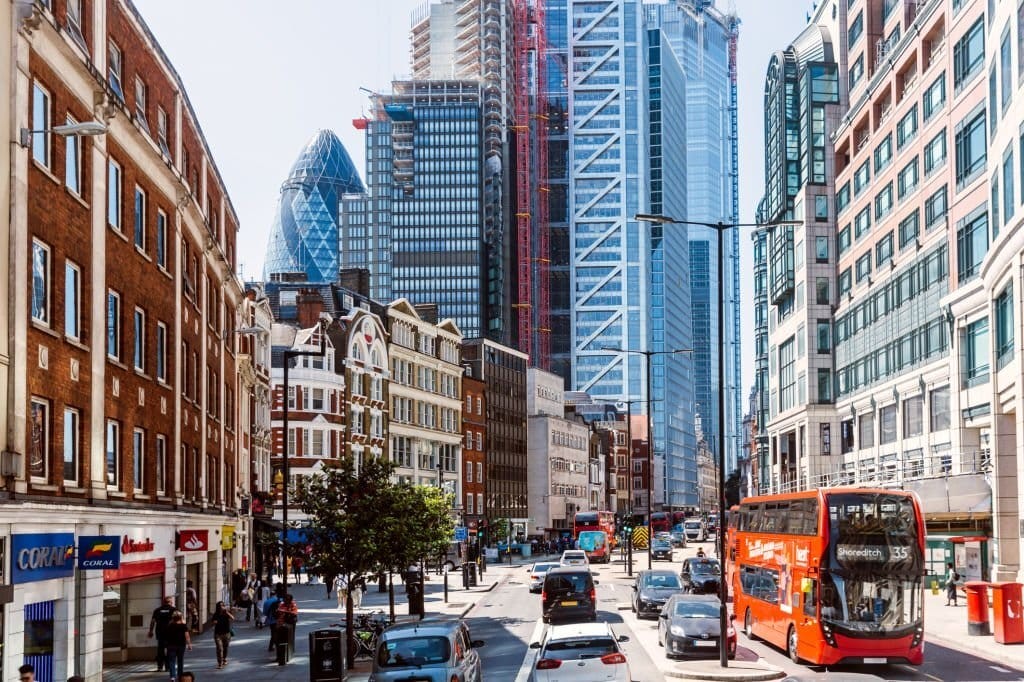
In the dynamic sphere of UK property development, there's a noticeable shift in the wind – a move beyond the familiar confines of London to the growing potential of London commuter towns.
Why, you ask? Let's delve into it…
For decades, London has been the epicentre of UK property development. But as the city becomes increasingly saturated, the spotlight is turning to areas just outside its periphery.
But it's about more than just the availability of space. These commuter towns present a unique mix of urban-rural charm, growing tech hubs, cultural richness, and importantly, a more approachable market for both developers and consumers.
The residential sector in London commuter belt is ripe for growth, fuelled by a demand for homes outside the bustling city yet within comfortable reach. Moreover, the local economies are thriving, thanks to an influx of businesses and a diversifying job market.
So whether you're a seasoned developer or new to the industry, exploring the possibilities that exist within London commuter belt is a smart move. In this article, we will explore the trend in more detail and then list some of the towns and cities near London with the most potential.
While many of us will have heard of someone who travels in from as far away as Yorkshire or Devon, what we are discussing here are places typically located within a 60-to-90-minute commute of central London. These commuter towns generally offer a more rural lifestyle while remaining within easy reach of the city's job opportunities and amenities.
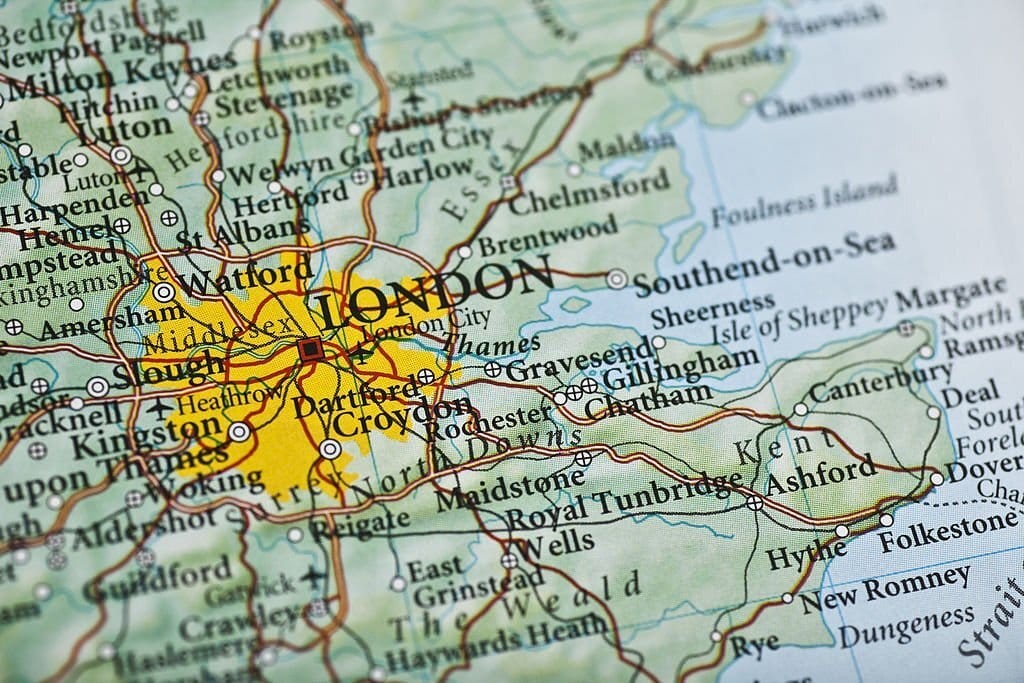
The south-east of England has long been a property hotspot, but understandably the focus of many investors and developers has been London itself. But with land and labour prices having risen to once-unimaginable levels in the capital, and with ever-more demanding planning policies coming from the Mayor’s office, smarter investors have been turning their attention to the places surrounding London.
Transitioning to the changing work patterns that started long before the Covid-19 pandemic but were certainly accelerated by it, have also helped make anywhere within a reasonable train ride or drive more attractive. If people are only travelling to an office two or three times a week, they are likely to be willing to live further away.
Even those who have never stepped foot in the UK’s capital city know that it is a thriving hub of business, culture, fashion and music - but that living here is brutally expensive. And that was the case before the dramatic inflation of the last couple of years - with the ever-increasing cost of living and housing, more and more people are looking for alternative options.
Additionally, commuter towns thrive due to their affordability compared to central London. They are well-connected, offering a quieter lifestyle, a sense of community, and proximity to nature. As people seek affordable housing, these towns appeal to families, professionals, and retirees.
In response to this demand, developers have been taking notice. Many are investing in these areas, building housing developments and improving infrastructure to accommodate the growing population. This, in turn, has created new job opportunities and boosted local economies.
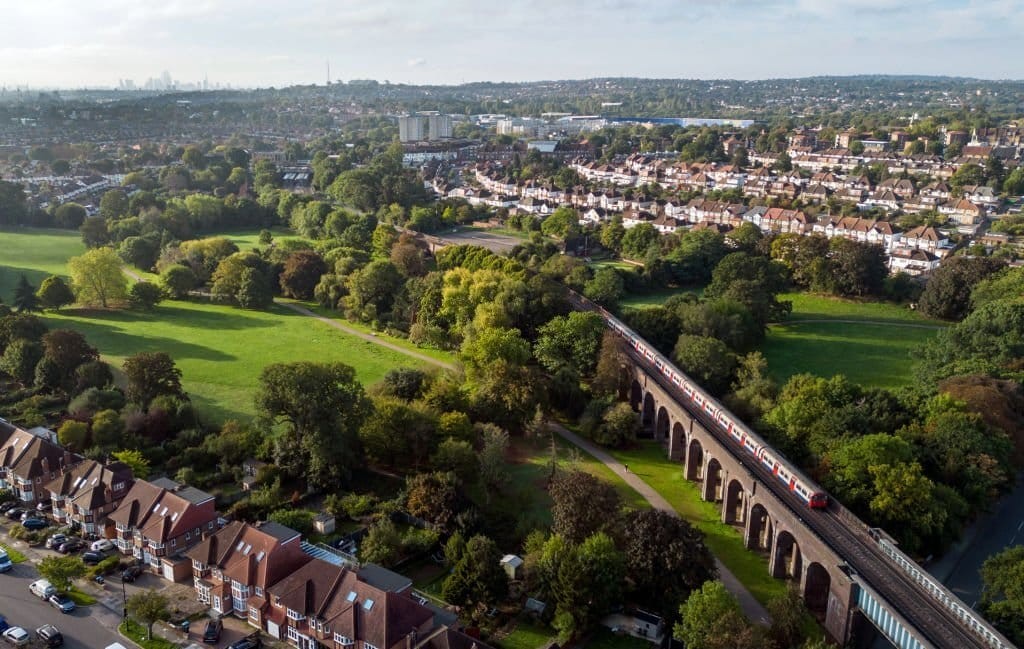
Put simply, restrictive planning policies plus high demand and an affluent population means that while developing in south-east England can be hard work, the potential profits are extremely high. Many of the towns and cities we will discuss are hemmed in by the Green Belt, but their historic low-density layouts and often obsolete industrial zones are rich with opportunities.
Places like Reading and St Albans have their own thriving local economies, often driven by high tech, so are likely to keep growing.
Finally, it's worth noting that the UK government has recently announced significant investment in infrastructure projects in the commuter belt. This includes the expansion of Heathrow Airport, which will create thousands of new jobs in the area, as well as improvements to the rail network, which will make commuting even easier.
All of these factors combine to make the London commuter belt one of the highly attractive propositions for property investment. Whether you're looking to develop residential or commercial properties, the area offers plenty of opportunities for growth and profit.
Here's a look at 16 of the best towns and cities around London for land investment and development (please note, these are in no particular order of appeal or development potential).
You can take it as read that they all have excellent transport links, good parks and interesting museums.
(Local planning authority: Thurrock Council)
Just east of London along the Thames in Essex, Grays is a fast-growing town with an interesting mix of industrial and post-industrial elements. For instance, the town’s most famous employer is still the Proctor & Gamble factory, but its most appealing green space is the Grays Chalk Quarry Nature Reserve, a dramatic example of what of natural renewal in what once looked like a scar on the landscape.
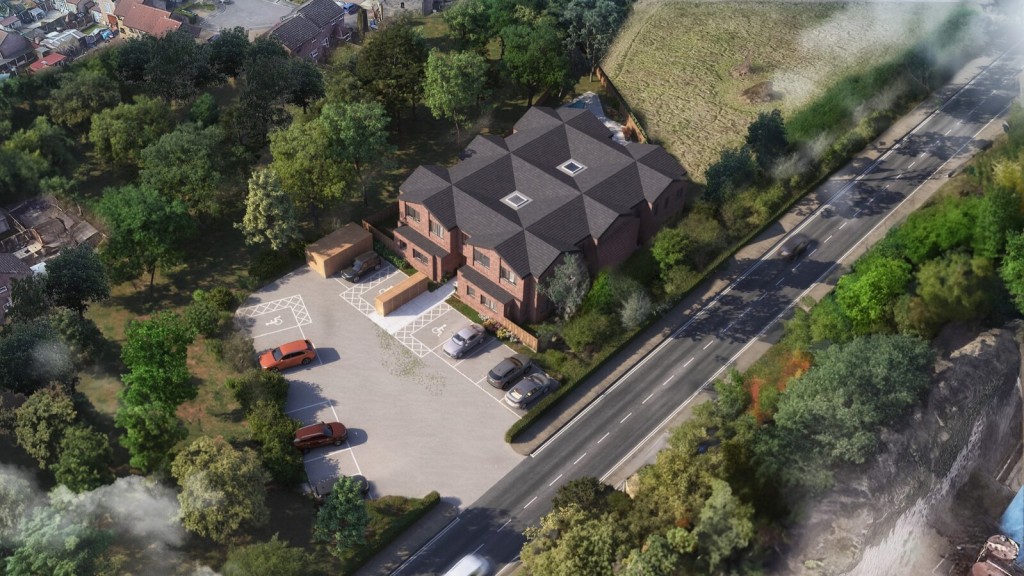
Reflecting on Grays, with its intriguing blend of industrial legacy and natural allure, we're excited to announce that we've recently obtained planning consent from Thurrock Council for a distinguished real estate development. The development, named Autumn Leaf, is a creation of our design, tailored to provide a serene living environment. It promises a lifestyle enriched by nature's calming influence, surpassing conventional expectations.
The Autumn Leaf Apartments, nestled behind a verdant stretch of trees on Hogg Lane, offer a peaceful sanctuary. Their strategic location near the Grays Chalk Quarry Nature Reserve greatly influenced our design approach, creating a haven that merges seamlessly with its tranquil natural surroundings.
In terms of aesthetics, the building strikes a balance between modernity and natural harmony, boasting a two-tone brick façade accented with bronze. True to our expertise as residential architects in new build projects, we meticulously designed each home to face the surrounding greenery, fostering an unbroken connection with nature.
Our approach extends to the communal spaces as well, particularly the garden, resplendent with colourful flowers and a welcoming pond, all crafted to enhance relaxation and social interaction, thus improving the overall living experience at Autumn Leaf.
(Local planning authority: St Albans City & District Council)
This historic city in Hertfordshire has a terrific combination of excellent transport links to London and beautiful architecture. It’s not short of theatres, museums, and art galleries and has an unrivalled selection of historic pubs. St Albans is somewhat notorious in the development world for the fact that its current local plan dates from 1994 (yes, you read that right) - a new one is on the way, but that isn’t due until the end of 2025. In the meantime, that leaves the council in a difficult position when it comes to refusing planning applications.
(Local planning authority: Luton Borough Council)
Luton comes with one clear advantage over most of the other towns we will be discussing: it has an international airport, the fifth busiest in the UK. But that’s far from its only selling point – it is also home to the University of Bedfordshire, which is a major employer in the area plus its students provide a significant housing demand. Luton is strongly multicultural, increasing its potential for some of the people priced out of London. It is also the only one of these towns that – at time of writing – has a Premier League football club.
(Local planning authority: Reading Borough Council)
With the UK headquarters of Microsoft, a large Oracle office and many exciting start-ups, Reading has a justifiable reputation as a great place to run a tech business. Major local companies also based there include Thames Water. Culturally, it’s probably best known for the late summer rock festival that has become a rite of passage for kids celebrating their A-level results.
(Local planning authority: Royal Borough of Windsor & Maidenhead)
Perched on the banks of the Thames, Maidenhead is a town with a long history and some 70,000 inhabitants. As well as being a good place to commute into London, it is also a popular place to live for people working in Reading (just to the west) and Slough (just to the east).
(Local planning authority: Buckinghamshire Council)
Buckinghamshire’s largest town, High Wycombe has a strong economy and a number of major employers, including Johnson & Johnson. Perhaps the most surprising thing about High Wycombe for first-time visitors is The Rye: a 53-acre park just on the edge of the town centre, with football pitches, a lido and a boating lake.
(Local planning authority: Milton Keynes City Council)
Probably the UK’s most famous 20th-century new town, Milton Keynes was granted city status in 2022. Major employers include Santander and Network Rail. Alongside the booming economy, the population has grown quickly too, up from 248,800 in 2011 to 287,000 at the 2021 census. Because of its relatively short history, Milton Keynes has a very different feel from other British cities and therefore presents unique opportunities and challenges for developers.
(Local planning authority: West Berkshire Council)
Most famous for its racecourse, Newbury is an attractive market town in Berkshire that mixes a fine collection of historical buildings with some very 21st-century businesses – Vodafone has its HQ in the town. It forms part of the M4 tech corridor, along with other towns on this list such as Reading and Slough.
(Local planning authority: Watford Borough Council)
One of several substantial towns on this list with a population of more than 100,000, Watford is just north of London in Hertfordshire. JD Wetherspoon has its HQ in Watford while multinationals with their main UK offices in the town include Hilton Worldwide, TK Maxx and Total Energies But the most high-profile business is Warner Bros Studios at Leavesden, where a busy schedule of blockbuster movie productions shares space with the Harry Potter tour.
(Local planning authority: Bracknell Forest Council)
One of the postwar new towns, Bracknell is in Berkshire, south-west of London. As the original intended population of the new town was 25,000 and Bracknell has now is home to 113,000 people, it’s been a major success in some ways. The new town legacy can be spotted in the way that all the industry is carefully grouped together into a zone of its own. There’s been major regeneration in recent years, and the spread-out nature of the 1950/60s layout means there is much scope for densification, offering potential for developers.
(Local planning authority: Chelmsford City Council)
The second-largest city in Essex (as well as being the county town), Chelmsford might be popular with commuters but has a strong economy of its own. Major employers include Teledyne e2v, Global Marine Systems, Essex County Council and Anglia Ruskin University. Chelmsford’s history and distance from London give it a strong and distinct identity.
(Local planning authority: Stevenage Borough Council)
Although Stevenage was the first of the post-Second World War new towns, it has a much, much longer history than that would indicate - the town is justly proud of its Tudor buildings. The most significant local employer is GSK, which has an R&D hub at Stevenage, with plans to develop a large life sciences cluster in the town.
(Local planning authority: Slough Borough Council)
Almost certainly best known to outsiders as the setting for the original, English version of The Office, Slough nudges up against the western border of Greater London. While all of these places have good public transport links, Slough (along with Reading and Maidenhead) is on the Elizabeth Line, which means more frequent links to Heathrow and a direct route into central London or even Canary Wharf. Big business presences in the town include O2 - which has its headquarters in Slough - and Mars, Incorporated, which has a major factory here. (The Mars Bars was first manufactured in Slough.)
(Local planning authority: East Herts)
A historic market town in Hertfordshire, Bishop’s Stortford has a thriving town centre scattered with independent shops and great nightlife. It has lots of green spaces and is known for its great schools. The dramatic recent redevelopment around the train station demonstrates the potential here, especially when it comes to building flats, something the town is short of. The most significant force in the local economy is nearby Stanstead airport.
(Local planning authority: Hertsmere Borough Council)
Borehamwood sits on London’s northern border, with Stanmore, Edgware and Barnet its neighbours within the capital. It’s best known as one of the main centres of TV and film production in the UK - the set-based scenes of the original Stars Wars movie and Raiders of the Lost Ark were both filmed at Elstree Studios in Borehamwood. The BBC does much of its filming in Elstree and Sky has just built a new 27-acre production facility there too. With Arsenal FC’s training ground a 12-minute drive away, there’s a strong demand for luxury accommodation in the area.
These are just a few of the many commuter towns around London that offer great opportunities for land investment and development.
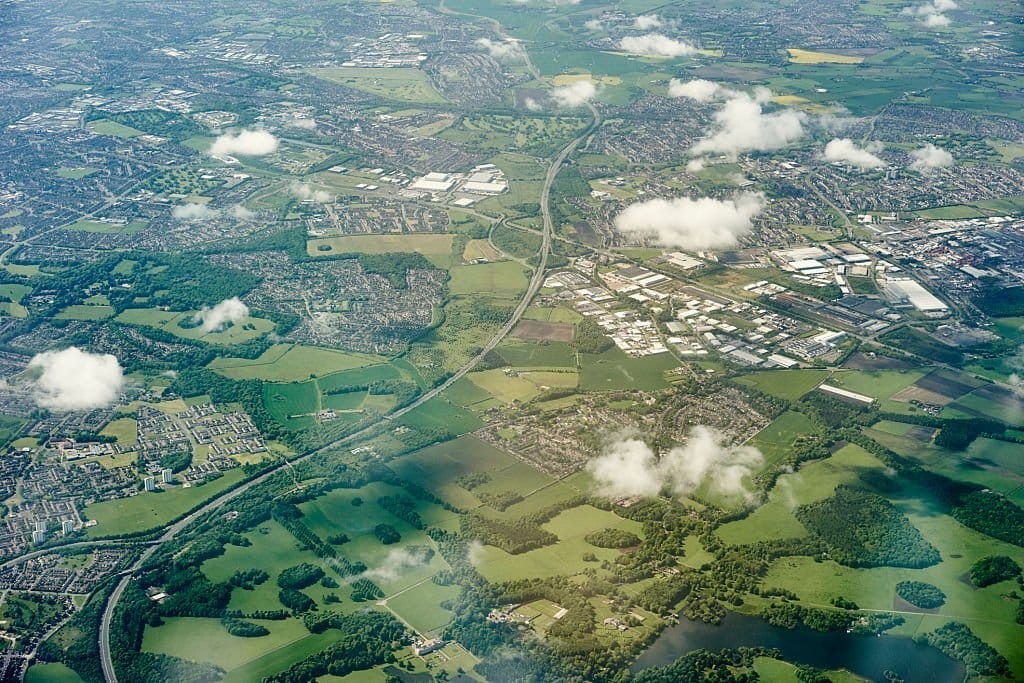
London is surrounded by the London's Green Belt, designed to stop the capital from growing outward and absorbing surrounding towns, as it did in the 19th and 20th centuries. Within the Green Belt, there are major restrictions on new construction.
Many of the towns on this list are also surrounded by the Metropolitan Green Belt. While this doesn’t affect sites within the towns, it does mean that building just outside of these urban areas can be difficult – but not impossible.
It is too big a subject for us to discuss in detail here, but we have a blog post all about getting planning permission on the Green Belt that should be able to help you.
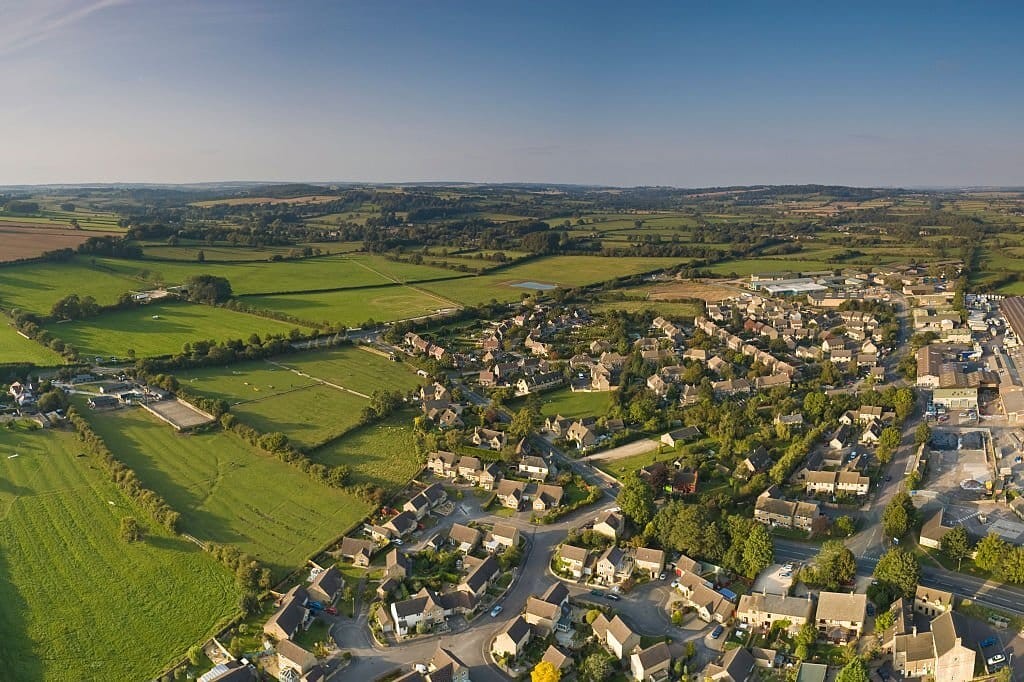
Much of the land around these towns, whether it is in the Green Belt or not, is farmland.
The advantage for developers is that agricultural land is much cheaper than land that has already been built on. The drawback is that it is much more difficult to get permission to build on farmland.
We have a blog post explaining the process of getting planning permission to build on agricultural land. It is not simple, but if you can succeed, the profits can be impressive.
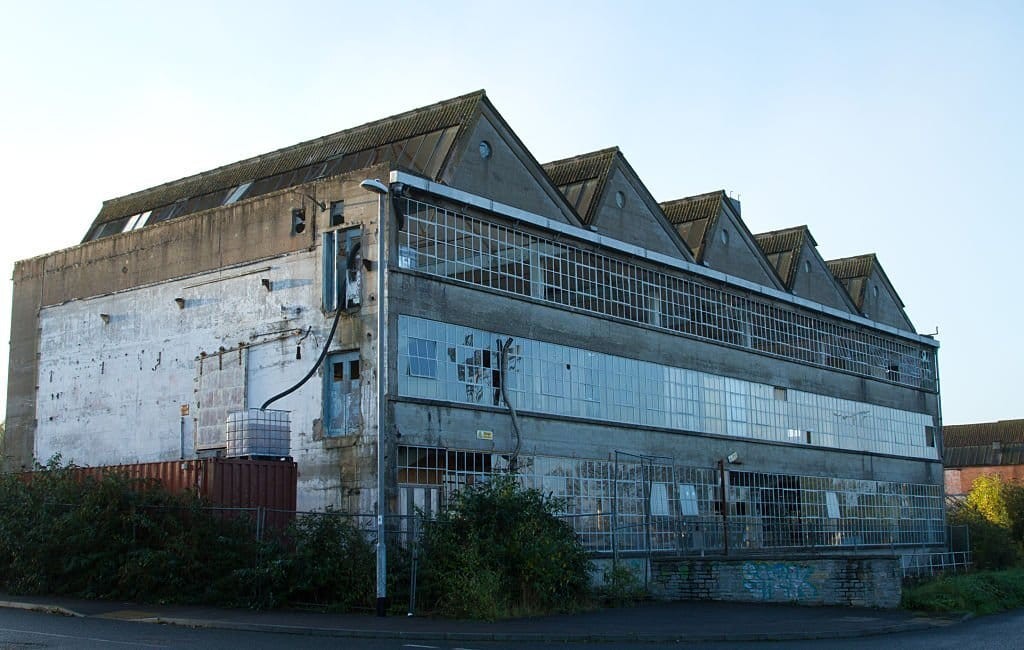
If you aren’t encouraged to build on greenfield sites in England, where does the government want you to build? The answer is brownfield land – otherwise known as previously developed land.
In the UK, this means anywhere that currently has non-agricultural buildings on it, or the clearly visible ruins of old buildings, not just former factories or rail yards (the American definition.)
Building on brownfield land has clear advantages – the local planning authority will encourage it – but it also has complications. We go into more detail about that in this article.

Ultimately, the success of your land investment in a commuter town largely depends on your ability to navigate the planning process.
A planning appraisal can help you assess the potential for development and identify any challenges or opportunities inherent in the project. This step can help to minimise risk and maximise the return on your investment.
Investing in land development in commuter towns around London is a smart move with increasing demand for housing that is within realistic budgets and a positive outlook for growth and development. By carefully navigating the planning process and identifying the right opportunities for investment, aspiring investors can join the ranks of those who have already tasted success in this highly profitable, lucrative world of land investment.

Urbanist Architecture’s founder and managing director, Ufuk Bahar BA(Hons), MA, takes personal charge of our larger projects, focusing particularly on Green Belt developments, new-build flats and housing, and high-end full refurbishments.
We look forward to learning how we can help you. Simply fill in the form below and someone on our team will respond to you at the earliest opportunity.
The latest news, updates and expert views for ambitious, high-achieving and purpose-driven homeowners and property entrepreneurs.
The latest news, updates and expert views for ambitious, high-achieving and purpose-driven homeowners and property entrepreneurs.
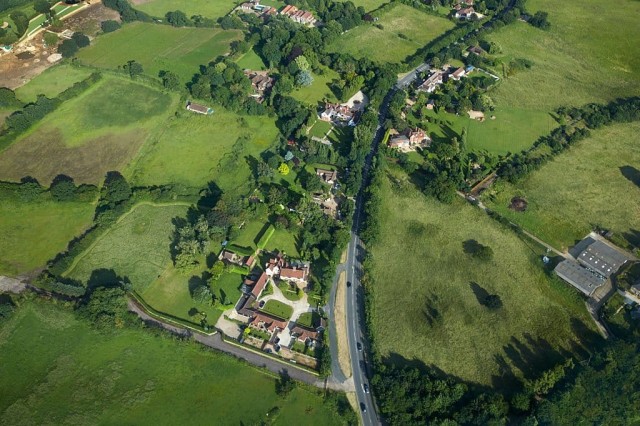

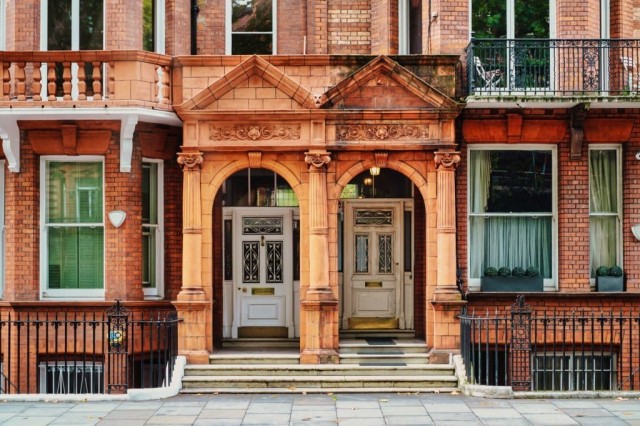
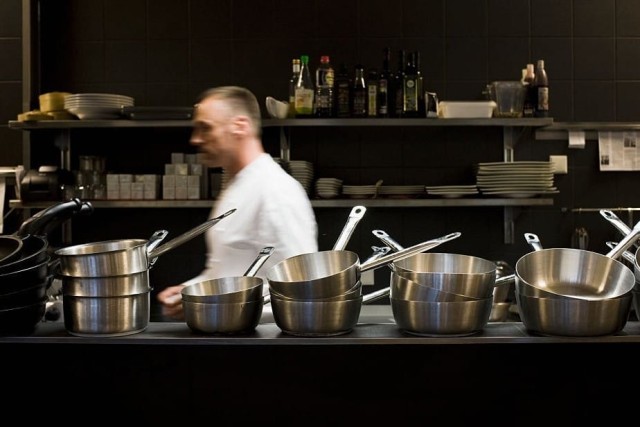

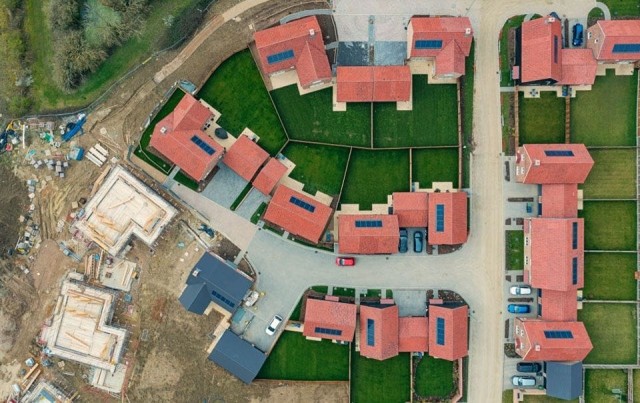

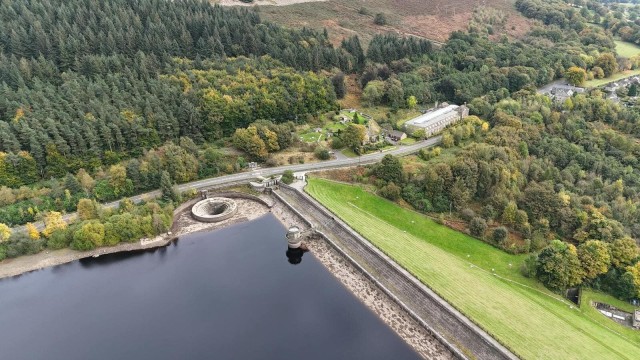


We specialise in crafting creative design and planning strategies to unlock the hidden potential of developments, secure planning permission and deliver imaginative projects on tricky sites
Write us a message